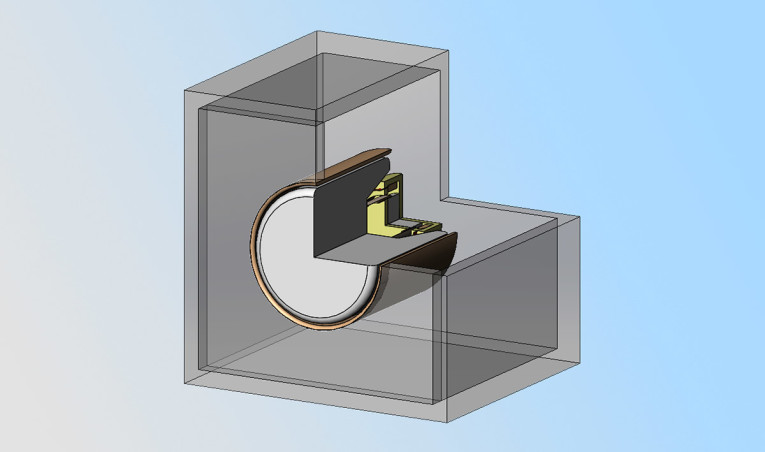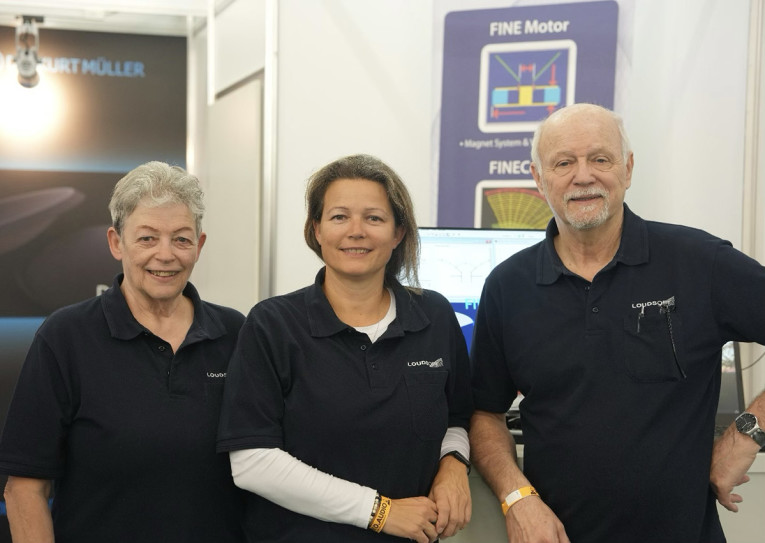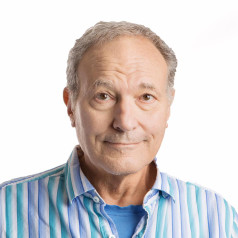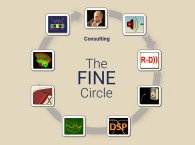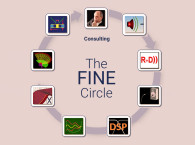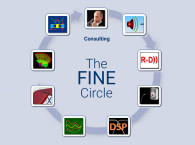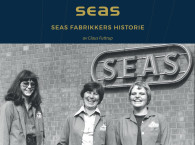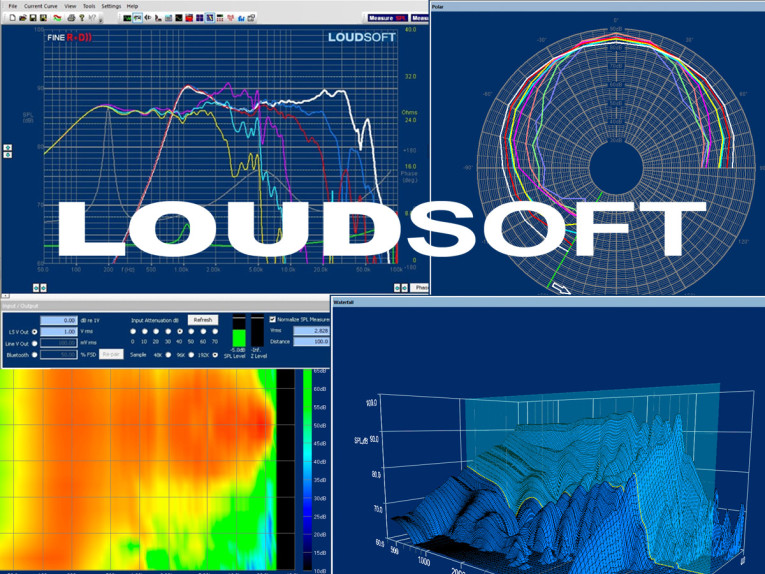
Peter Larsen started his career with SEAS in 1974, and as Chief Engineer for Vifa (an abbreviation of Videbæk Fabrikker) from 1979-1987. Thereafter, he went to Dynaudio from 1987-1990 as chief engineer, where he developed the D260 Esotec, and the 15W75 and 20W75 cast aluminum basket speakers. During his time at Dynaudio, Peter developed a more efficient and higher-consistent production method. At the same time, the workers got more interesting jobs, a “must” in Denmark as a pioneer for good working conditions. Next, Peter went to JBL in the US in 1990.
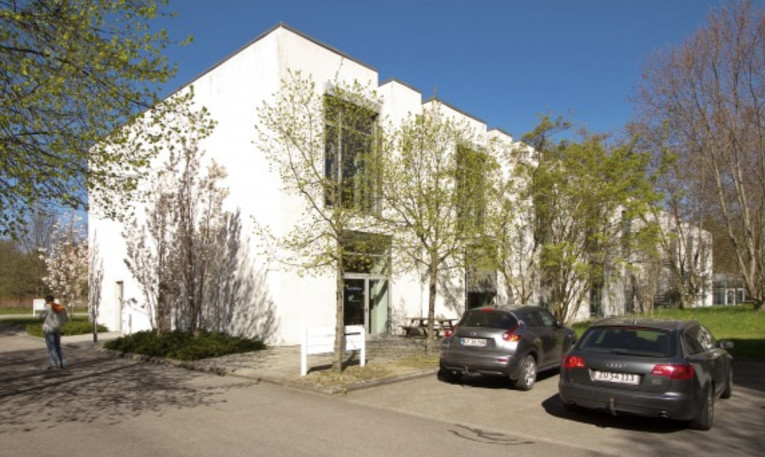
While Peter has contributed significantly to dome tweeter design, these all look the same, at least at first glance. In the tweeter world, more noticeable and unique is Peter’s ring radiator. According to Peter, it was created one Friday afternoon, from a blend of curiosity, skills, and coincidences. While working on this at Scan-Speak, a dome tweeter project was not going as intended, and repeated efforts did not yield the desired results. Peter is a resourceful fellow and decided to take extreme measures, which consisted first of consuming a couple of beers (it was the end of the week after all), after which he decided to punish this tweeter that would not behave and stuck a pin in it!
Peter discovered that the "pinned" tweeter not only sounded better, but it even measured better when clamped in its center! This was the beginning for Peter's Ring Radiator, a design favorite copied by many Asian factories (although Tymphany is a legitimate vendor) and used in thousands of loudspeaker systems. Driven by curiosity, I did ask Peter what brand of beer was key to his ring radiator design process, but he did not respond.
Decades later, the ring radiator is about to find a new application, and that is in the Davì Audio concentric dual ring radiator headphone design. The "woofer" ring radiator is, of course, the outer transducer with the "tweeter" ring radiator in the center. Fabricated with a watchmaker’s precision in the US, this headphone is at the far edge of the luxury market at $25,000 (actually, a couple are thrown in for free by the factory when you buy certain brands of private jets).
While working as an independent consultant, Peter specialized in in-depth analysis of loudspeakers and manufacturing techniques, research concerning new components and materials, advanced Acoustic Finite Element modeling, new measuring methods, and many novel speaker design concepts. During the same period, Peter developed and globally marketed the Loudsoft speaker development and design programs. Of course, most of us also know Peter for his always insightful and detailed papers, workshops, and sessions presented at the Audio Engineering Society (AES) conventions, as well as for ALMA (now Audio & Loudspeaker Technologies International - ALTI), and articles written for Voice Coil and other publications.

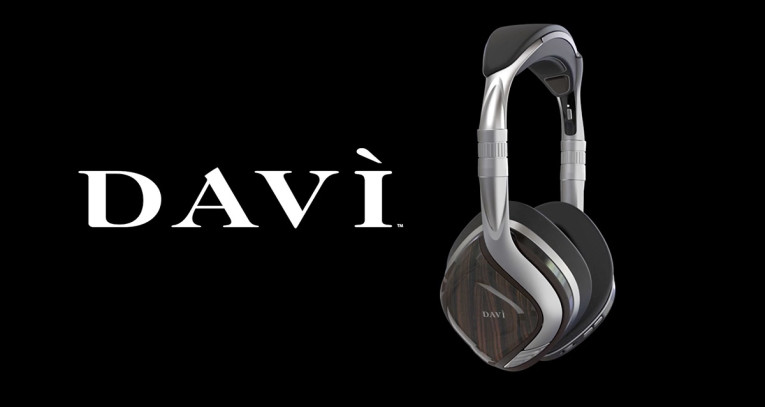
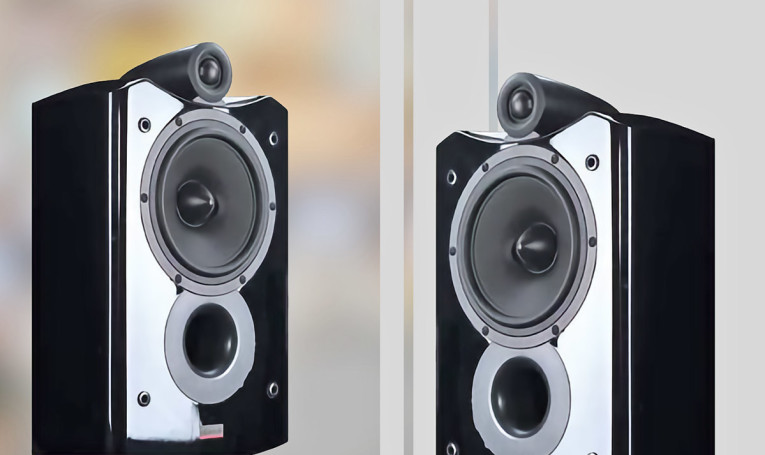
And talking about ALMA, Peter Larsen was the recipient of the prestigious ALMA Titanium Driver Award, which recognizes a specific technical contribution, accomplishment, or expertise in the loudspeaker industry. Peter received this award at the January 2012 ALMA symposium in Las Vegas, NV, which traditionally preceded CES. Specifically, the ALMA award was for his constant effort and expertise within driver development and his hunt for better speaker designs for the loudspeaker industry worldwide.
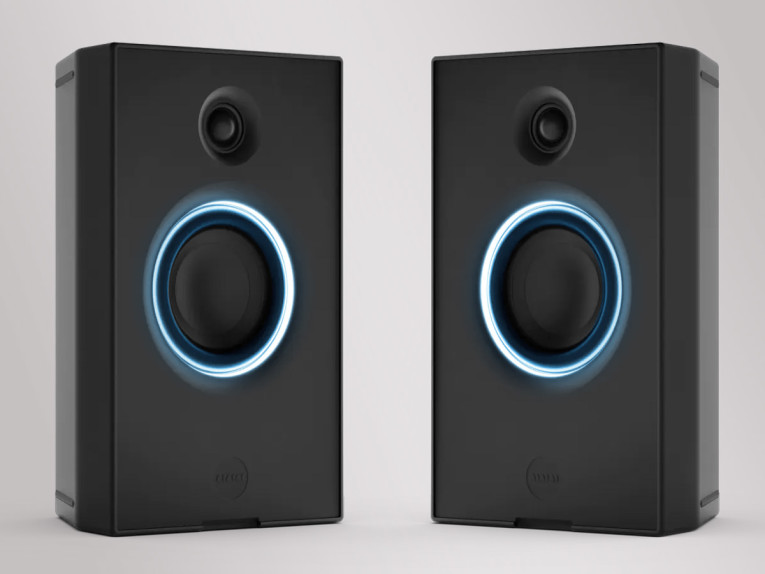

Long before the concept was touted, Peter became a pioneer in "digital twins" transducer and speaker system simulation and validation thanks to the FINE family of cone, motor, enclosure, and crossover simulation tools. Loudsoft is also globally recognized for its FINE R&D and QC test instrumentation.
Based on Peter’s experience in designing loudspeaker drivers over the years, FINEMotor evolved into a full-featured program to design magnet systems and voice coils. While other computer design tools for general-purpose magnet simulation are well-established, FINEMotor PRO delivers easier and quicker results for speakers and transducers. The latest version has fast FEA calculations and can optimize pole pieces and predicts BL(x) curves and voice coil offset. In addition, voice coil induction Le(x) is calculated, and many different shorting rings can be directly designed to linearize Le(x). And it will even design microspeakers with rectangular voice coils and motors. Like all Loudsoft software, it runs in Windows 10 and 11 (64-bit).
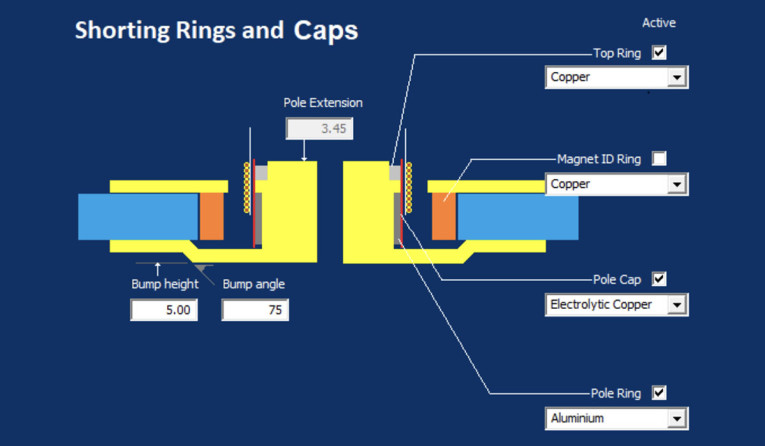

In those days, the supplier would have to manufacture a tool – which they knew would not work – at the price of more than US $30,000, requiring 8 weeks of tooling time, just to prove their point. Instead, that supplier asked Peter Larsen for support. In just 4 hours of simulation work with FINECone, he proved that the results would be poor. With another 4 hours of work, Peter changed the design in such a way that it could fulfill B&O's design ambitions and deliver good performance. That speaker was called Beolab 3 and was in production for decades.
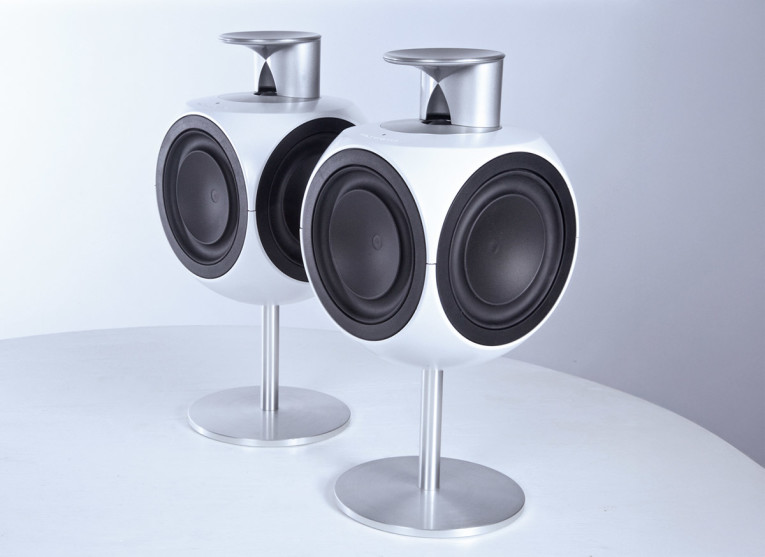
This Automotive option offers cabin gain calculations for closed box plus inside and outside bass reflex ports. Even a closed box can give a well-extended low frequency response in the cabin. The Bass Reflex Outside has the port connected to the outside of the car. Due to the sometimes-high cabin gain, the box can be quite small and still provide an extended low-frequency response in the cabin.
The features supported by FINEBox PRO include nonlinear high power box design for all types of loudspeakers, from hifi to professional audio, as well as microspeakers and headphone drivers. The software supports valuable simulations of voice coil temperature and compression at high power in closed box, reflex, ABR, band-pass and inter-port alignments. All nonlinear Thiele-Small (T-S) parameters + thermal data can be imported directly from FINEMotor, and using Inverse FINEBox it’s easy to find ideal driver T-S parameters in a given box volume, or for a given F3 frequency (-3dB point).
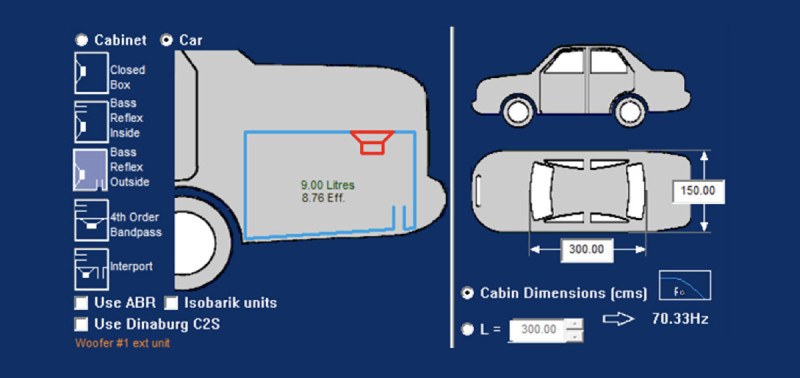
We also need to mention the Loudsoft FINE X-over software, which is an ideal program for optimizing a loudspeaker system. A speaker designer can simply use the mouse-wheel to roll through standard E24 components and see the response including impedance and acoustical phase change immediately. The Intelligent Optimizer will find the best flat response while keeping the minimum impedance and calculating the real power in all components. The program also can import curves from FINE R+D and most other professional audio measurement systems and can work with up to seven on- and off-axis responses, which all can be optimized. The new RLC circuit means that users can tune both frequency, level using R, and Bandwidth BW. This is a quite powerful feature for minimizing peaks. And by applying thin wire to the inductor, the series resistance can be included in L.
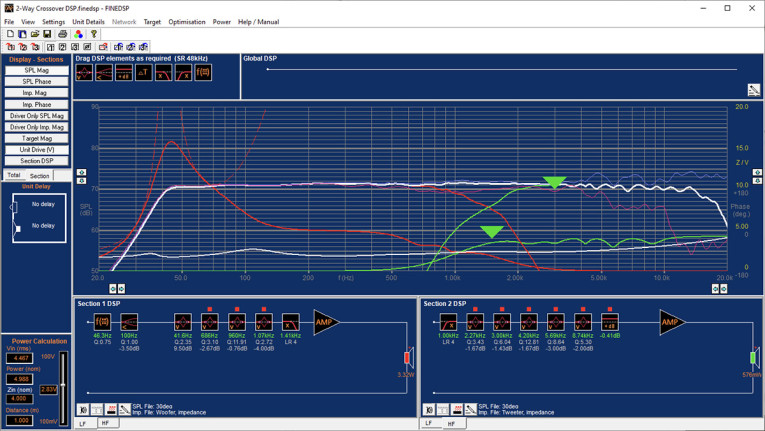

There's always something in the works at Loudsoft. The image below is an example of a new concept that Peter Larsen is working on. This new subwoofer is built on a completely new principle. Instead of a traditional cone and surround + spider, this design has no spider or surround. Both are replaced by thin carbon fiber wires. Omitting the surround creates an opening, which here is transformed into a large bass reflex tube placed around a very deep solid cone. The sound is extremely open and free from the usual subwoofer distortion because there is no compression from the spider or surround. In addition, the air can move freely, causing less coloration of the sound. aX
